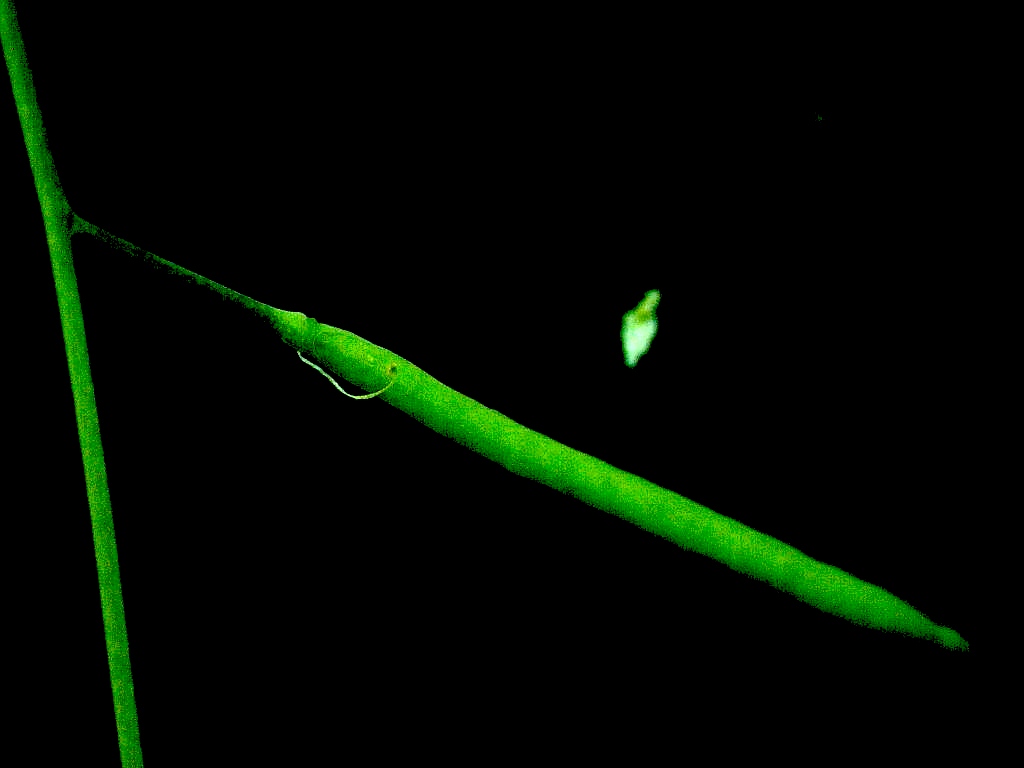Team:University of Alberta/Plant Project
From 2008.igem.org
(→Status of Project) |
|||
| Line 1: | Line 1: | ||
| + | {| align="center" | ||
| + | <span class="plainlinks">[{{SERVER}}{{localurl:Team:The_University_of_Alberta}} https://static.igem.org/mediawiki/2008/9/9a/Home.png]</span> | ||
| + | <span class="plainlinks">[{{SERVER}}{{localurl:Team:The_University_of_Alberta/Team}} https://static.igem.org/mediawiki/2008/2/2a/Team1.png]</span> | ||
| + | <span class="plainlinks">[{{SERVER}}{{localurl:Team:The_University_of_Alberta/Project}} https://static.igem.org/mediawiki/2008/9/92/Project.png]</span> | ||
| + | <span class="plainlinks">[{{SERVER}}{{localurl:Team:The_University_of_Alberta/Parts}} https://static.igem.org/mediawiki/2008/7/79/Parts.png]</span> | ||
| + | <span class="plainlinks">[{{SERVER}}{{localurl:Team:The_University_of_Alberta/Notebook}} https://static.igem.org/mediawiki/2008/9/95/Notebook.png]</span> | ||
| + | {| align="center" | ||
| + | |||
| + | <br> | ||
==Introduction== | ==Introduction== | ||
To date, synthetic biology has focused largely on single cell organisms. The goal of our project is to build BioBrick to facilitate application of synthetic biology principles to the genetic engineering of higher plants. We are developing standardized, open source binary vectors, promoters, and resistance genes for use in plants, each of which is to conform to BioBrick specifications. The application of the BioBricks in transformation of protoplasts and whole plants of tobacco and Arabidopsis, respectively, will be demonstrated, as well as a general strategy for increasing the general availability of synthetic biology tools for plant genetic engineering. | To date, synthetic biology has focused largely on single cell organisms. The goal of our project is to build BioBrick to facilitate application of synthetic biology principles to the genetic engineering of higher plants. We are developing standardized, open source binary vectors, promoters, and resistance genes for use in plants, each of which is to conform to BioBrick specifications. The application of the BioBricks in transformation of protoplasts and whole plants of tobacco and Arabidopsis, respectively, will be demonstrated, as well as a general strategy for increasing the general availability of synthetic biology tools for plant genetic engineering. | ||
Revision as of 21:36, 29 October 2008
Contents |
Introduction
To date, synthetic biology has focused largely on single cell organisms. The goal of our project is to build BioBrick to facilitate application of synthetic biology principles to the genetic engineering of higher plants. We are developing standardized, open source binary vectors, promoters, and resistance genes for use in plants, each of which is to conform to BioBrick specifications. The application of the BioBricks in transformation of protoplasts and whole plants of tobacco and Arabidopsis, respectively, will be demonstrated, as well as a general strategy for increasing the general availability of synthetic biology tools for plant genetic engineering.
IGEM's First Binary Vector
Our Binary Vector is a modified pCambia 0380 binary vector link We have added in our own poly linker which includes the proper prefix, suffix and primers to coincide with the IGEM regulations. We also added a CAM resistance cassette.
Useful Plant Protocols
Growing Plants
Selection of Primary Transformants
Transformation Protocol
Status of Project
Currently we have the polylinker and the vector that we are introducing it into (p0380). We have optimized the vector p0380 using site directed mutagenesis to remove all pre-existing notI sites from the vector. At the moment we are in the process of verifying that our polylinker has been successfully inserted into the vector. Due to the fact that we cannot say for sure if our polylinker has made it into the vector our vector will have to be submitted after the jamboree.
 "
"
 ]
] ]
] ]
] ]
] ]
]